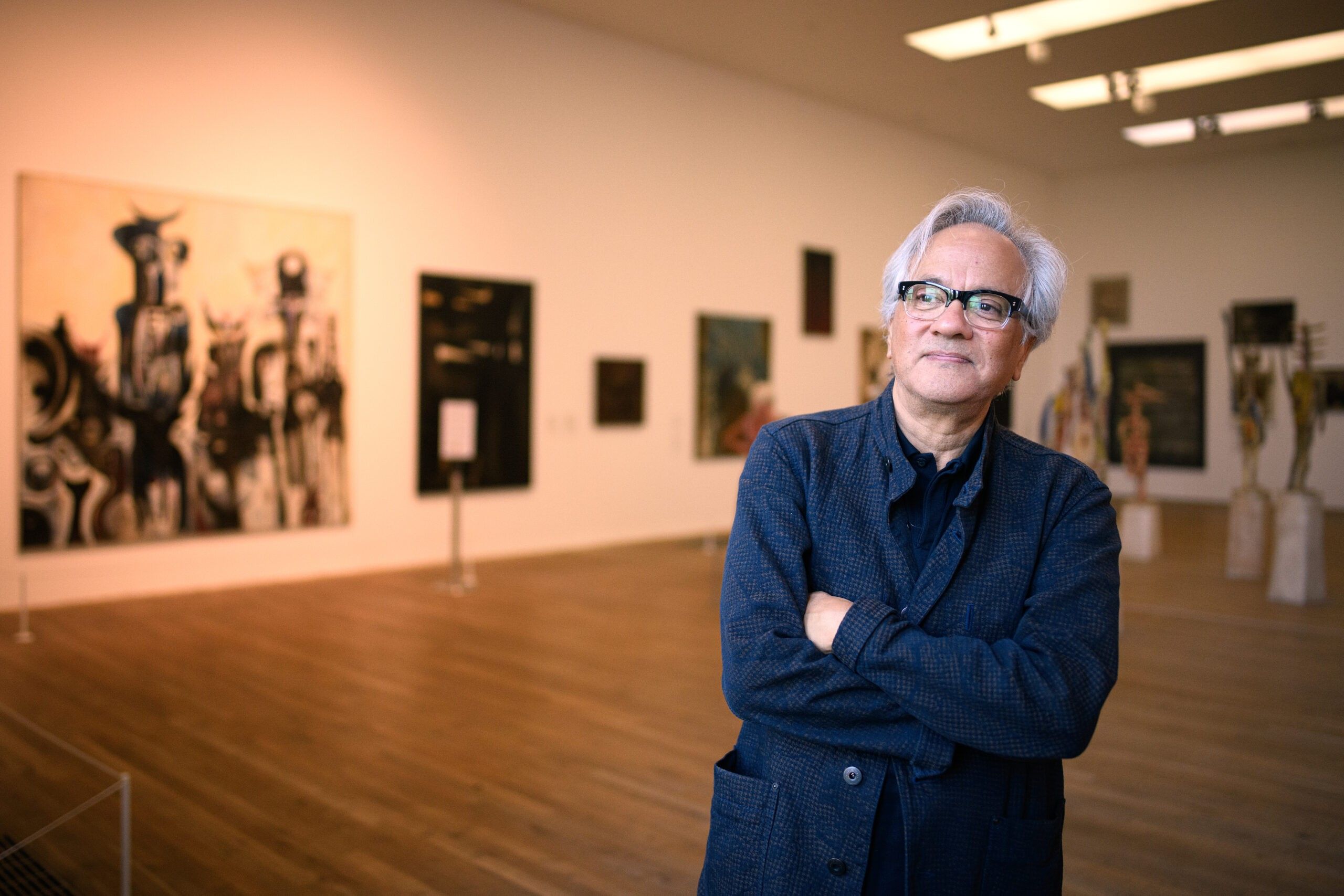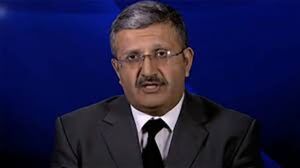- Monday, June 03, 2024
Equality campaigners urge greater diversity in academic textbooks

By: Nadeem Badshah
TEACHERS and campaigners have expressed their disappointment at new research showing the lack of south Asian artists mentioned in the school curriculum compared to their white counterparts.
Only 2.3 per cent of stand-alone artists referenced in GCSE art and design exam papers are from black or south Asian backgrounds. And there were only 11 mentions of a contemporary south Asian artist; three of these were the British Indian sculptor Anish Kapoor, according to the research by the race equality think tank Runnymede Trust and charity Freelands Foundation.
Work by ethnic minorities represented only 10.8 per cent of mentions in exam papers, compared to 89.2 per cent for their white counterparts, the study also found.
Jaya Kypuram, the equality, diversity and inclusion co-chair for the Royal Docks School of Business and Law at the University of the East London, said the disparity is not surprising, but is shocked at how wide the gap is.
Kypuram told Eastern Eye: “Sadly, the over-representation of white artists as indicated by these statistics, reinforces the concepts of colonisation and racism.
“The importance of diversity in curricula is well documented – ‘we are what we see’. The lack of representation takes away from students being able to ‘see’ others who look like them, which may potentially inhibit their sense of identity and belongingness.
“Furthermore, by excluding work of non-white scholars and artists, we are limiting the intellectual stimulation that comes from diverse representation.”

Kypuram, an associate director for the Noon Centre for Equality & Diversity in Business, added: “These statistics reinforce the urgent need to examine the limitations of the current school curriculum and highlight the need to work towards ‘decolonising’ the current education system.
“It is imperative that we build a system that is representative of the diverse and varied needs of the children and staff.”
Amarbeer Singh Gill, a maths teacher and CEO of education charity Inspired Learning, said it is disappointing that while there have been conversations about diversifying the curriculum for many years, little “on-the-ground” progress has been made.
He told Eastern Eye: “Helping students see themselves in their subjects can be such a powerful tool, and there are a plethora of excellent resources and organisations out there doing this work like BAMEed and Diverse Educators.
“Schools and teachers need to be given the time to engage meaningfully with these resources, which policy makers can support with.
“Exam boards are also consistently providing resources and sources for what’s needed in their exams, so they can also be a catalyst in this by providing more diversity in their resources and sources.”
The research analysed 27 GCSE art and design exam papers from exam boards AQA, Edexcel, OCR and Eduqas over three years between 2018 and 2023.
Of 975 references to named contemporary artists, there were just 17 references to named contemporary black artists.
Jabeer Butt, chief executive of the Race Equality Foundation, said the charity is not surprised by the findings, but said it is disappointed at the lack of diversity within the artists referenced in the curriculum.
He said: “Particularly, as we already know that some students in England are likely to never have a teacher of the same ethnic background in their classroom.
“Including more Asian artists in the school curriculum is therefore a crucial part of providing an accurate sense of identity and belonging to every student.
“By adapting and diversifying representation in art education, we enhance opportunities for cohesion and understanding among young people.”
The report, published in March, called the lack of diversity in the curriculum “woefully inadequate”.
It added the disparity sets poor expectations for what teachers should be teaching in art classes as more students from BAME backgrounds are studying art and design in recent years.
Butt added: “Unfortunately, many artists from non-white backgrounds are excluded, limiting students’ exposure to diverse perspectives.
“To address this, practical recommendations should ensure all students see and appreciate diversity in art.
“With representation comes inspiration, enabling students to learn, appreciate, and cherish British art from our Black, Asian, and minority ethnic communities. It also enriches cultural awareness and inclusivity.”
We've detected that you are using Ad Blocker or some other adblocking software which is preventing the page from fully loading.
We strive to deliver high-quality content and experiences. To help us continue, please consider supporting us by disabling your ad blocker. We use non-intrusive ads to keep our content free.
We don't have any banner, Flash, animation, obnoxious sound, or popup ad. We do not implement these annoying types of ads!
We need money to operate the site, and almost all of it comes from our online advertising.
Please add EasternEye.biz to your ad blocking whitelist or disable your adblocking software.